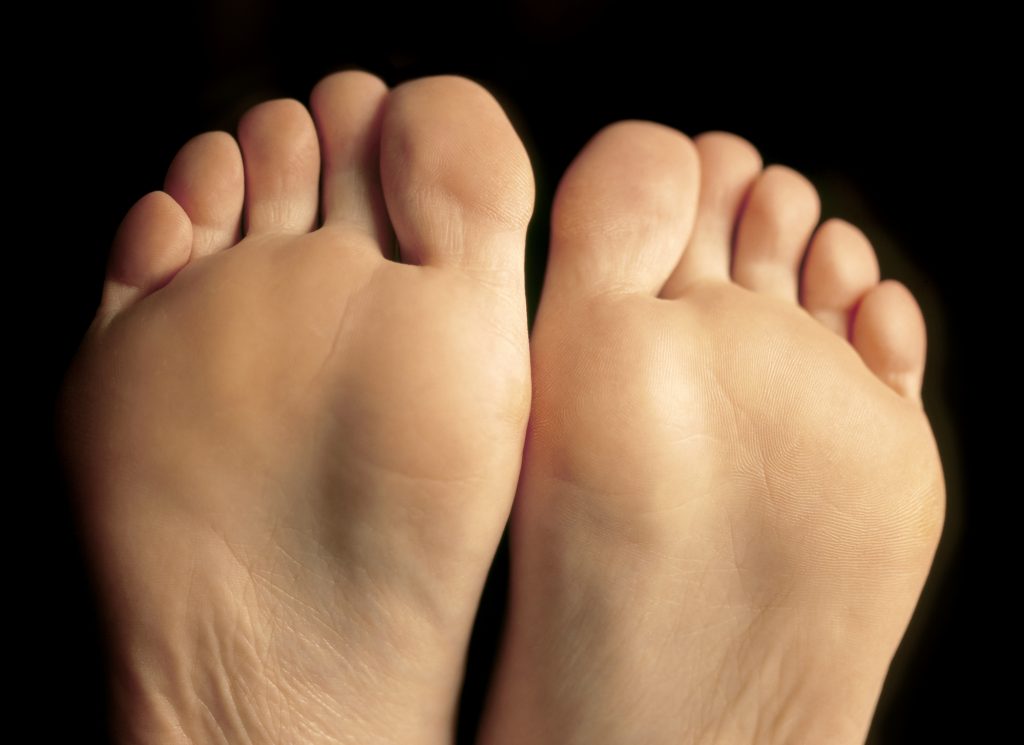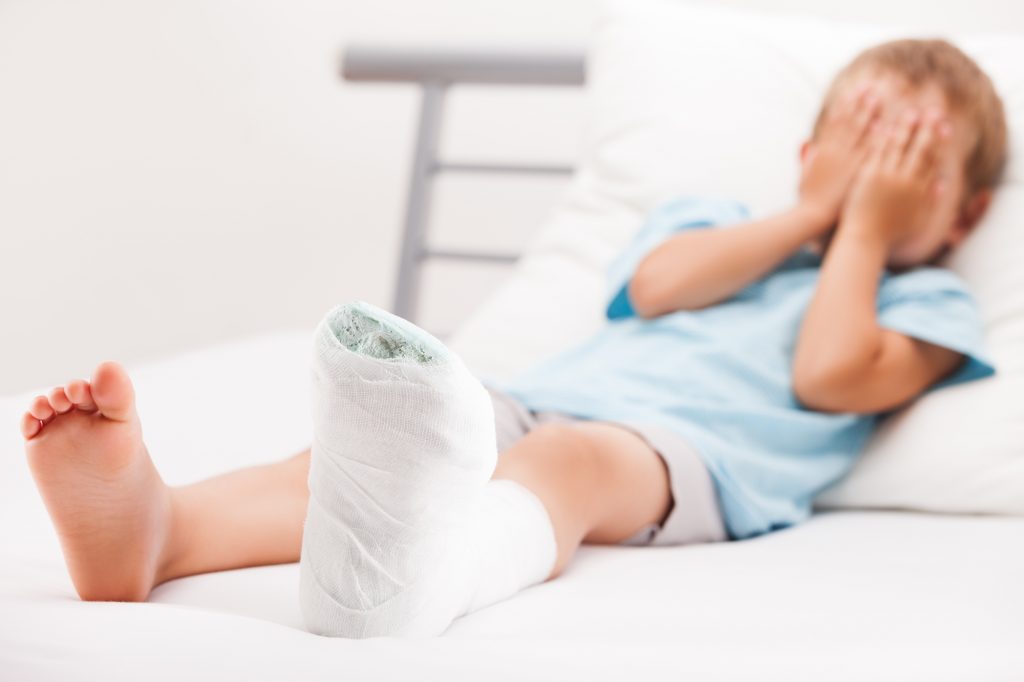A problem with the plantar plate is something that often accompanies a bunion. The plantar plate is a strong ligament under the metatarsal heads and can often be strained or have a small tear. It most commonly is beneath the base of the second toe.

The symptoms are typically underneath and just distal to the joint at the base of the toe. It is painful both on weightbearing and on palpation. One somewhat weird sensation that many describe is that it can feel like the sock is scrunched up under the ball of the foot, but when they check its not.
The best conservative treatment for a plantar plate tear is strapping or the Fix Toe device to hold the toe so that dorsiflexion is limited. This needs to be worn for a period of time to allow the strained or torn plantar plate to heel. Sometime a rocker shoe is also helpful for this to prevent the toe from bending too much while walking. If this is not successful, then a surgical repair is often indicated.


